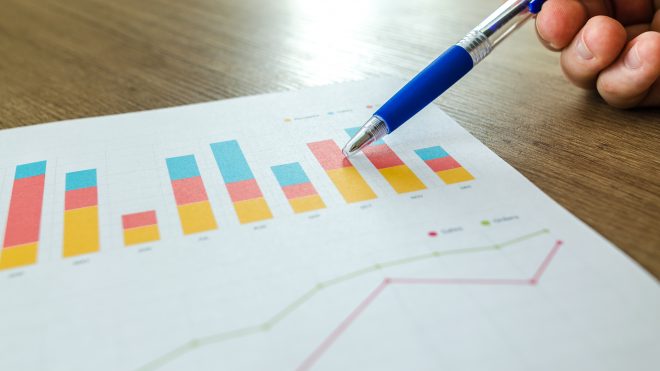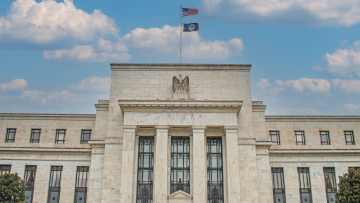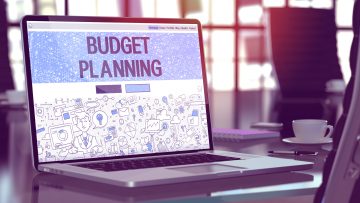What makes the market move? Fear and greed. We’ve seen an interesting two weeks on Wall Street, with markets tumbling early in the week, only to recover by midweek. But what exactly are investors afraid of? China? The Fed? Interest rates? All the above?
China’s Slowdown
China is slowing down, and it seems as though the world is slowing with it. China is in a transition phase to a consumer economy. They’re not going to grow as they did in the past.
The storm in China has been brewing for months. The markets faced a major correction. In June, the market lost a third of its value. It got worse from there. In mid August, the government devalued the yuan in an attempt to increase their exports.
This wasn’t able to stop the markets from continuing their downfall. Markets continued to slide, sending panic felt around the world. In response, our own markets corrected, and on August 24th, the Dow Jones opened down more than 1,600 points. The Chinese government intervened by lowering interest rates, which soothed investors and lead to the rally the markets saw on Wednesday, August 26th.
This didn’t stop the bleeding. China even declared a market holiday, closing their stocks until Monday. A global sense of relief spread throughout the markets on Wednesday following this announcement. Without the threat of China, the US market made a small recovery. However, China will reopen on Monday. It’s problems have not vanished.
The Chinese economy is slowing down. It is facing a harsh correction. Their market is being propped up by their government, but how long will their government be able to keep investors calm?
Interest Rate Hike?
Uncertainty about the Fed’s actions equate to some uncertainty in the market. The Fed proposed a rate hike that would supposedly begin in mid September. First, inflation threatened to derail their plans. Then the markets experienced extreme volatility. It called into question whether the market was healthy enough to handle the hikes.
Now, the most recent jobs report may have cemented the rate hike. Unemployment fell from 5.3% to 5.1%. But lower unemployment does not necessarily translate into economic growth. The Fed wants to raise rates as a signal that our economy is in fact growing. The reality is most of the new jobs created were low income jobs. Unemployment is falling because many have given up looking for work, or are taking part time jobs when they wish to be employed full time.
The rate hike will put pressure on the economy. Our environment is not conducive to a rate hike. We are not growing at a rate which warrants it. The interest rate hike could complicate an already fragile economy.
Is the Fed Out of Cards?
The last, lesser known phenomenon contributing to the market volatility has to do with the Fed’s monetary tools.
The Fed has a pool of money they use to inject into the economy in order to intervene. (For a thorough explanation of this pool and its mechanics, see here.) Prior to 2007, the Fed used to be able to inject a couple hundred million dollars into the economy, and this would create a 200 point swing in the Dow.
Last week, the Fed spent $23 billion. In three days. This should have created astronomical swings in the Dow. Despite the massive spending by the Fed, the markets barely recovered. On August 24th, and the Dow still closed down over 500 points. On the 25th, the markets finished down again. On the 26th, the markets rallied, but in response to China’s lower interest rates, not the Fed’s money.
The Fed cannot afford to intervene at this rate. Spending $23 billion every three days would deplete the pool of money they use in about three weeks. So if their main monetary tool they use to intervene in the market is not working as it should, is the Fed out of cards?
When the money runs out, they will have two choices. They can let the market correct itself, or they can enter into another quantitative easing (QE).
Fragile Times Ahead?
With China, the Fed, and interest rate hikes, investors have a lot of reason to believe the volatility will continue. Will any of these three triggers be the one to set off the third market correction of the secular bear cycle? We do not know for certain, but these conditions make the market fragile enough for it to be possible.



